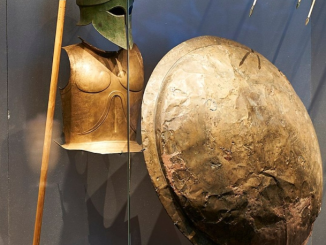Hidden amidst the idyllic landscapes of Sicily, Italy, lies a testament to the opulence and grandeur of the ancient Roman Empire – the Villa Romana del Casale. Nestled approximately 3 kilometers from the charming town of Piazza Armerina, this sprawling complex stands as a remarkable relic of the past, offering a captivating glimpse into the lives of the affluent elite during the 4th century AD.
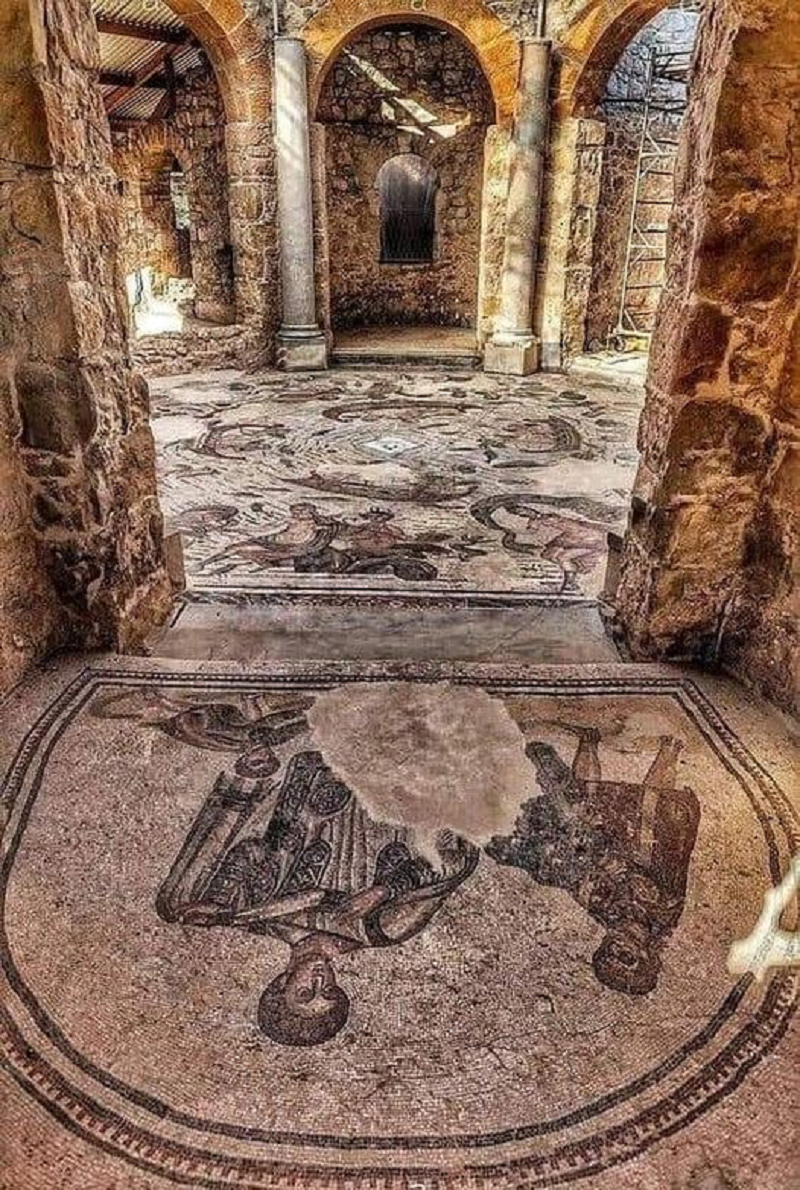
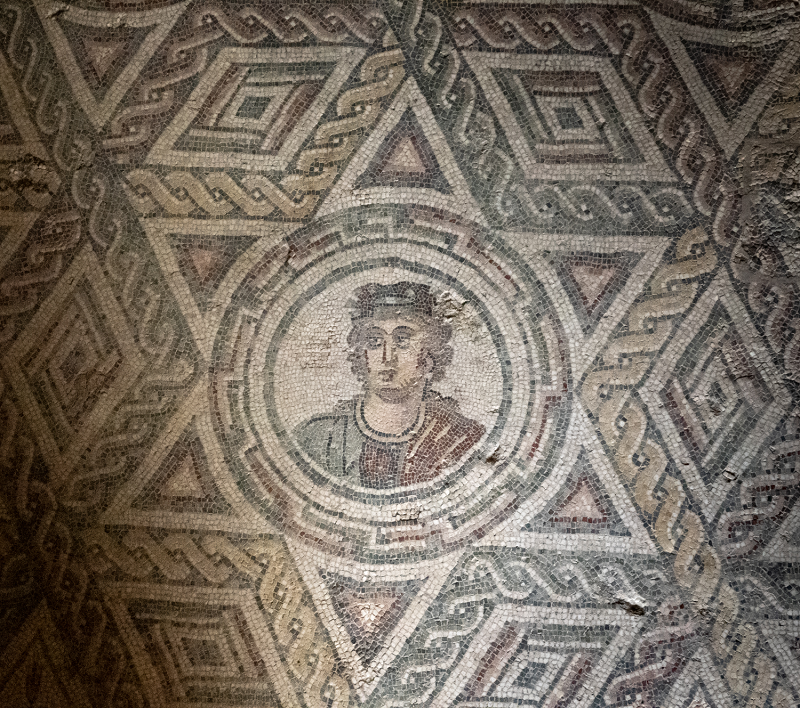
A Palatial Abode
The Villa Romana del Casale is not merely a residence; it is an architectural marvel that speaks volumes about the sophistication and wealth of its erstwhile owners. Constructed in the first quarter of the 4th century AD, the villa stands on the foundations of an earlier rustic estate, serving as the central hub of a vast agricultural domain.
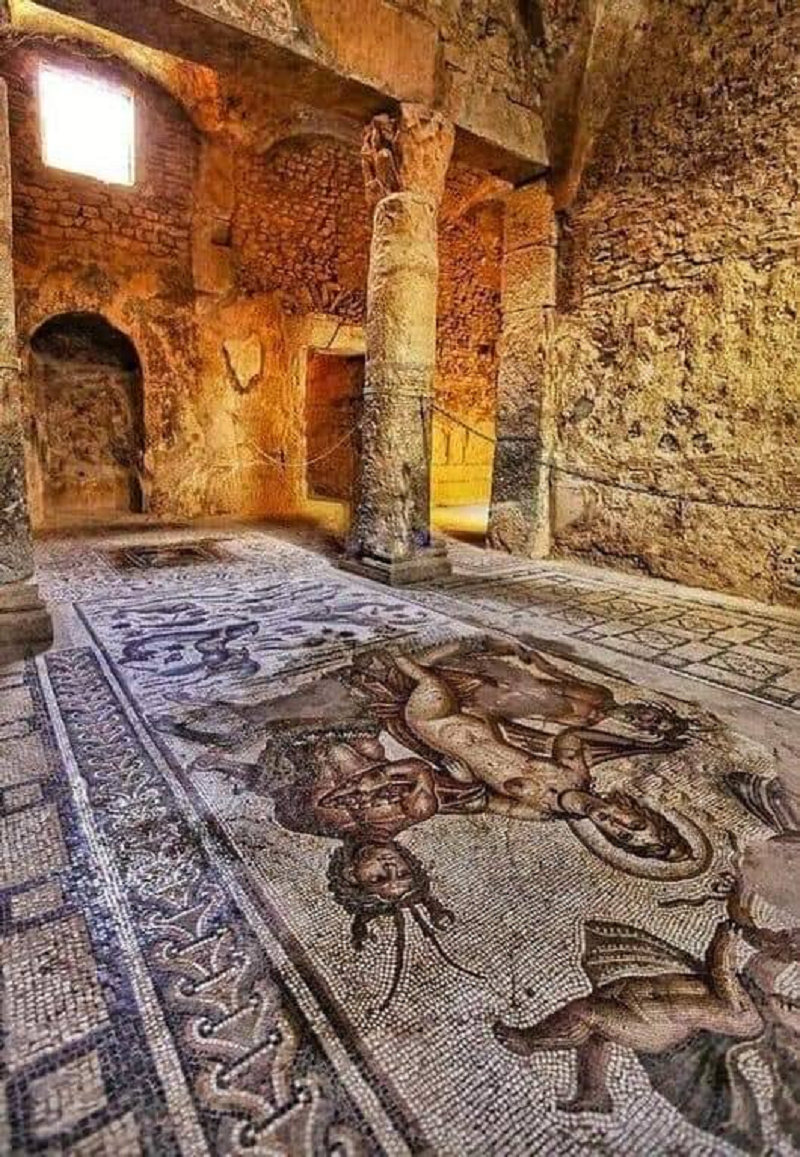
Architectural Splendor
Spread across an expansive area, the villa boasts a labyrinthine layout, comprising numerous rooms, halls, and courtyards intricately connected by corridors adorned with vibrant mosaics. Each section of the villa tells a unique story, reflecting the diverse functions it once served – from living quarters to administrative offices and leisure spaces.
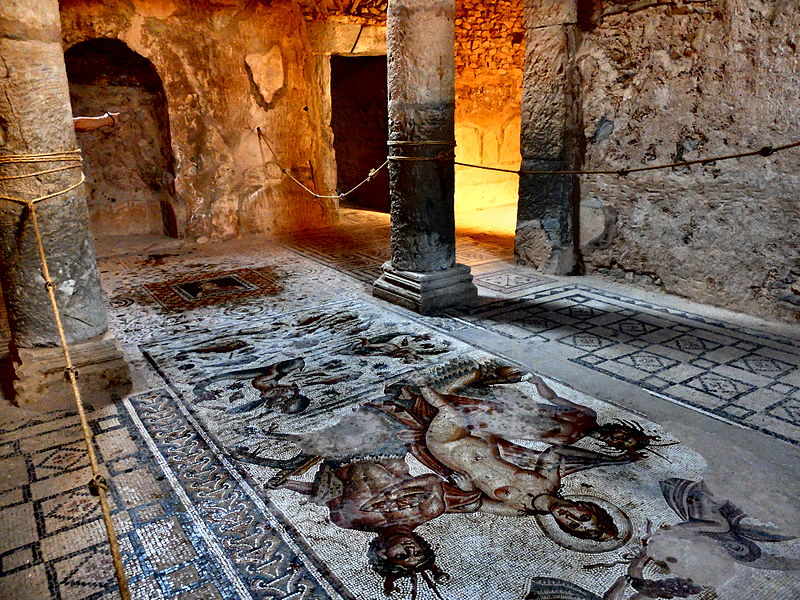
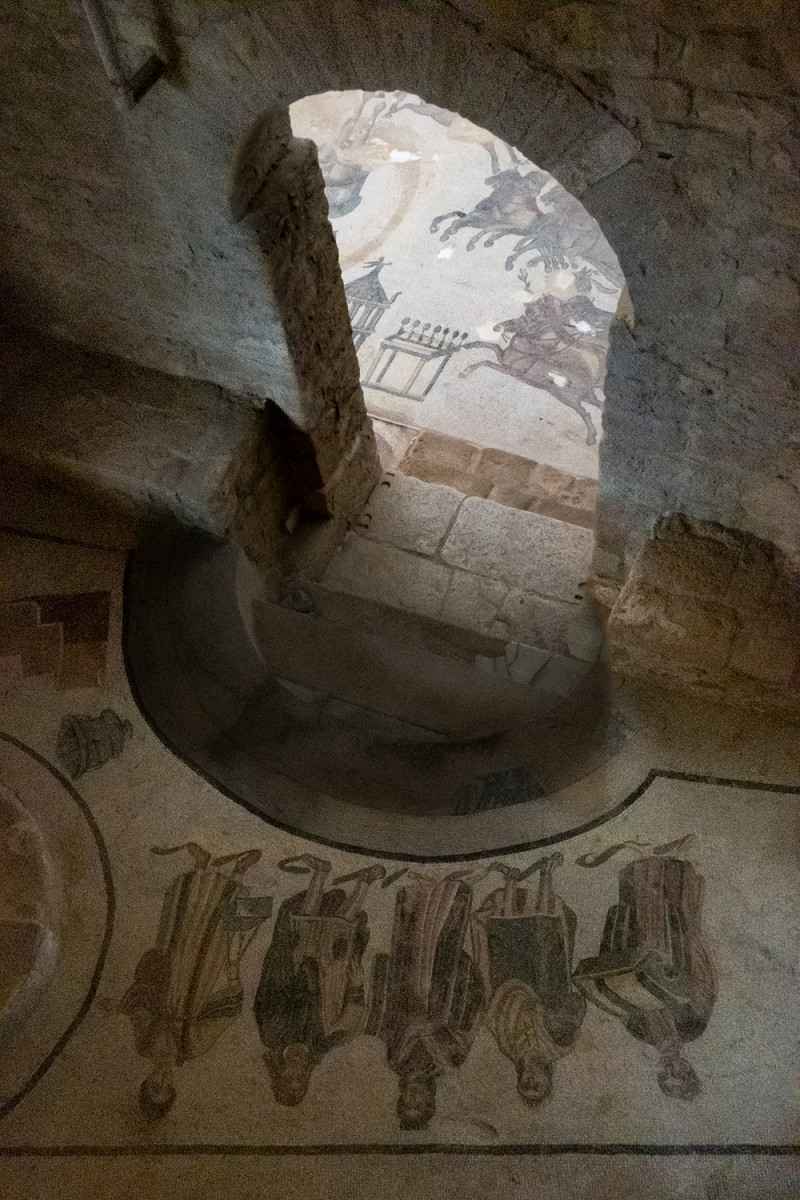
Mosaics
One of the most remarkable features of the Villa Romana del Casale is its stunning mosaic floors, which have garnered worldwide acclaim for their intricate designs and exquisite craftsmanship. These intricate artworks depict a myriad of scenes, ranging from mythological narratives to everyday life in ancient Rome, offering invaluable insights into the cultural, social, and artistic milieu of the era.
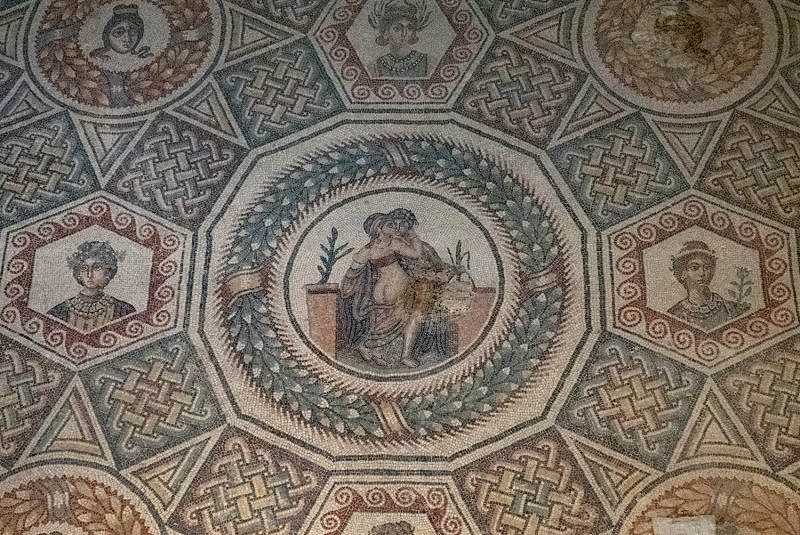
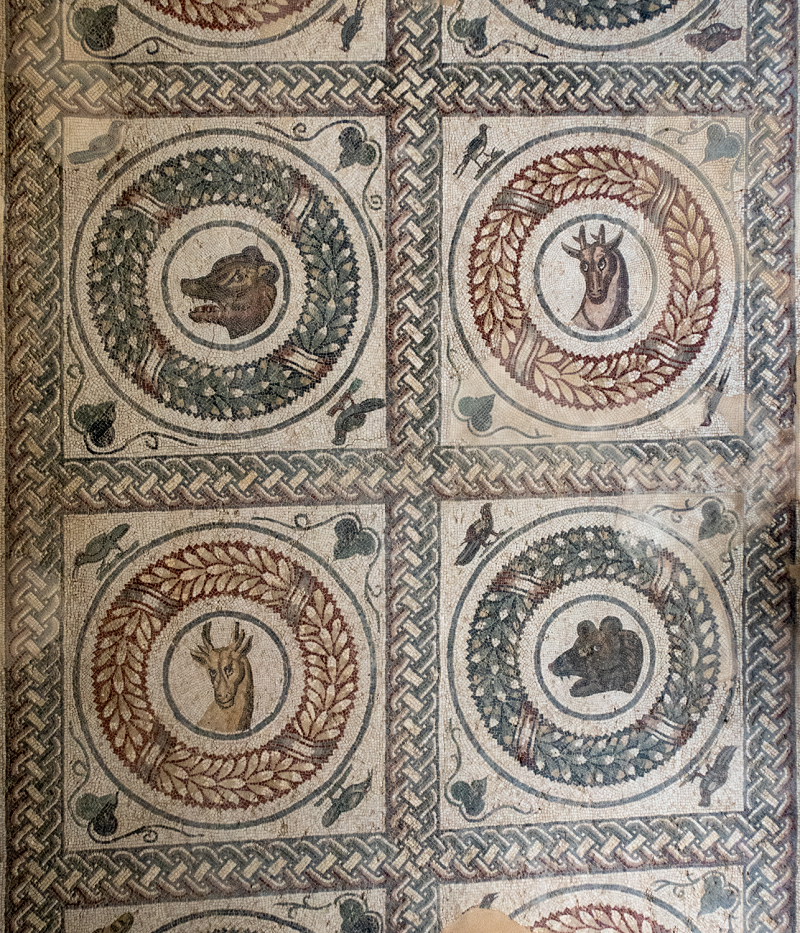
The Hunting Scene
Among the most famous mosaics adorning the villa is the renowned “Great Hunt,” a sprawling tableau capturing the grandeur of a hunting expedition. Spanning an impressive 60 meters in length, this masterpiece portrays a vivid spectacle of wild animals, hunters, and exotic landscapes, evoking the thrill and excitement of the chase.
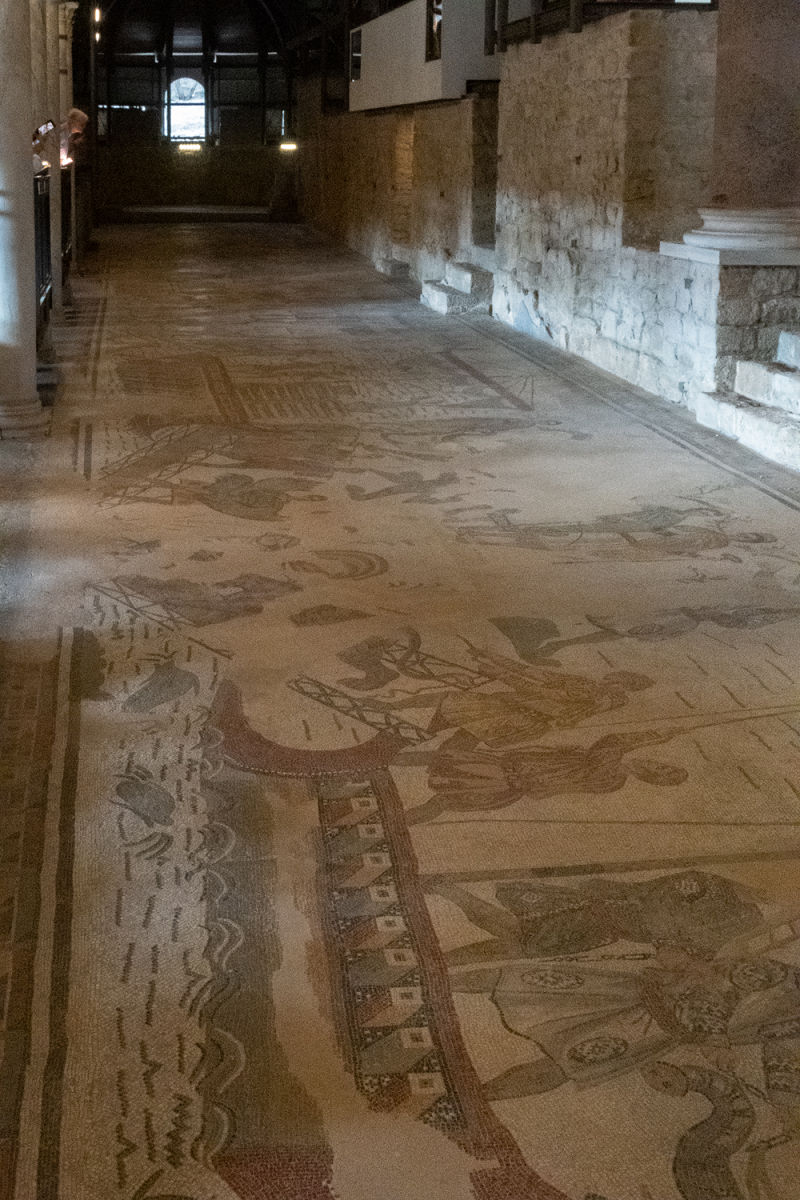
The Naked Girls
Another highlight of the villa’s mosaic collection is the depiction of the “Bikini Girls,” a series of athletic female figures engaged in various sports and exercises. These captivating images not only showcase the physical prowess of ancient women but also challenge modern perceptions of gender roles and body ideals in antiquity.

The Interpretation
The intricate mosaics of Villa Romana del Casale have sparked considerable debate among scholars, who seek to unravel the symbolic significance and cultural meanings embedded within these ancient artworks. From religious allegories to political propaganda, each mosaic offers a tantalizing glimpse into the mindset and values of its creators.
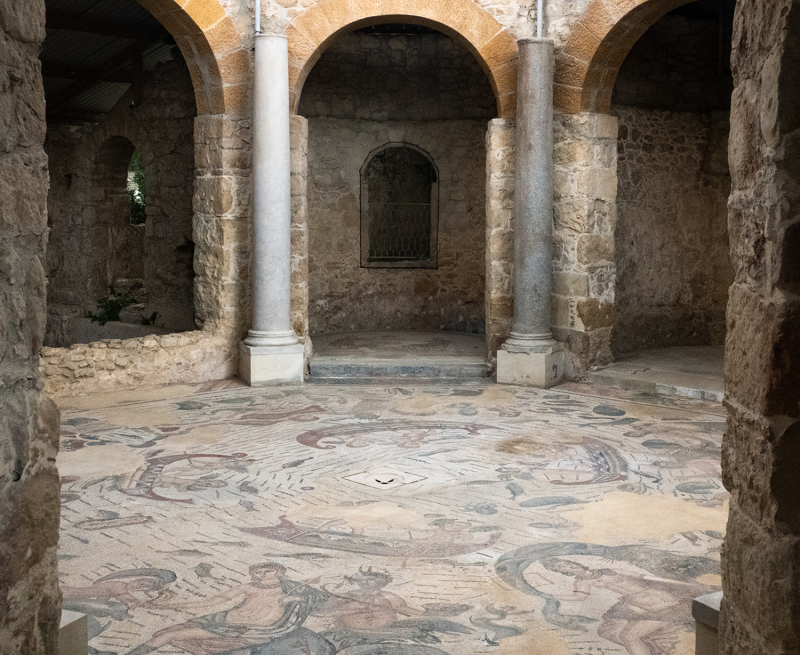
Preservation Efforts
Despite the ravages of time and the vicissitudes of history, the Villa Romana del Casale has managed to survive remarkably intact, thanks to ongoing conservation efforts aimed at safeguarding this invaluable heritage site. From meticulous restoration work to innovative monitoring techniques, these initiatives ensure that future generations can continue to marvel at the splendor of this ancient masterpiece.
In conclusion, the Villa Romana del Casale stands as a testament to the enduring legacy of the ancient Roman Empire, offering a captivating window into the lives of its affluent denizens. From its architectural grandeur to its exquisite mosaics, this extraordinary site continues to captivate visitors from around the world, inviting them to embark on a journey through time and immerse themselves in the opulent world of antiquity. As we marvel at the splendor of Villa Romana del Casale, let us also reflect on the importance of preserving our shared cultural heritage for generations to come.

